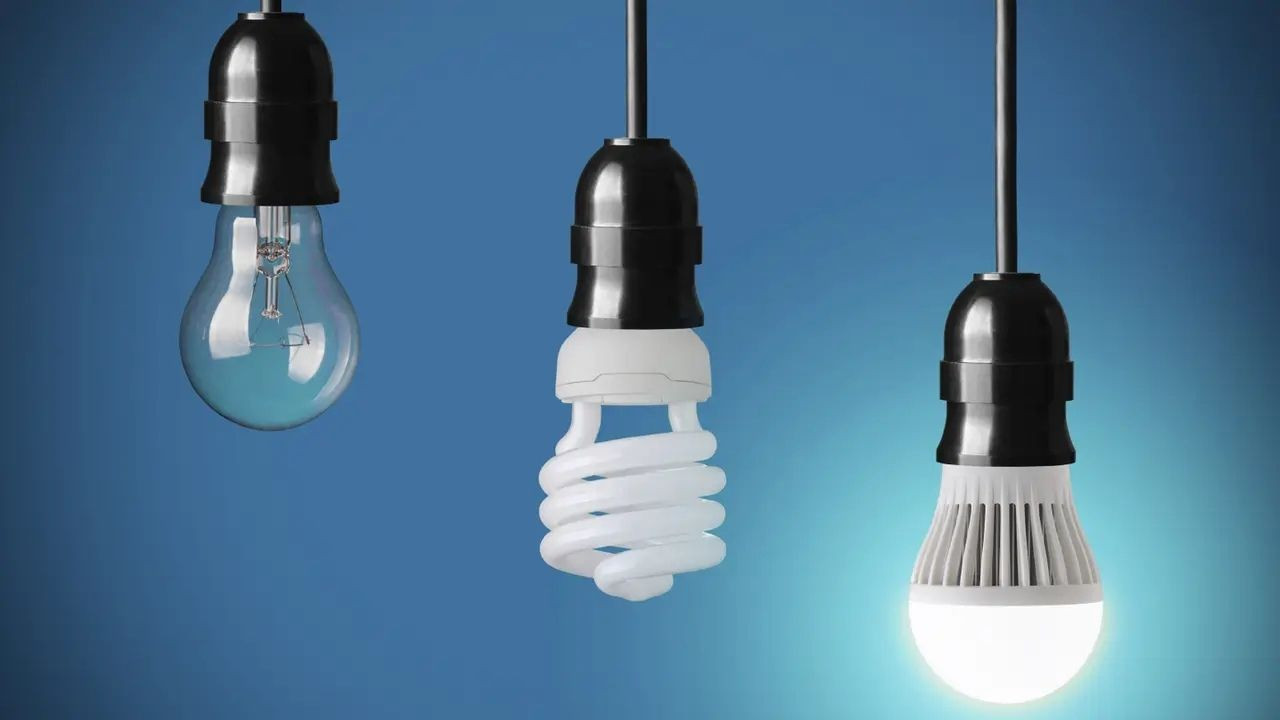Think you've got all the knowledge you need about light bulbs? Well, it's time for a reality check. Those two seemingly insignificant numbers you see on the light bulb packaging. Yes, I'm talking about voltage and wattage, hold more power than you might think. They're not just random digits; they're crucial metrics that can significantly impact the lighting quality, energy efficiency, and even the safety of your home.
You should be. Stick around as we delve deep into the world of light bulb voltage and wattage, unravelling their mysteries and revealing how they can make or break your home's lighting game.
Watts vs Volts in Light Bulbs
When it comes to understanding watts vs volts light bulbs, these two terms often create a lot of confusion. While they may seem like technical jargon meant only for electricians, they're actually quite relevant to anyone who wants to illuminate their home effectively and efficiently. Let's break down these terms and their relationship to each other.
The Relationship Between the Two
Voltage and wattage are two sides of the same coin, yet they serve distinct roles in the world of lighting. Voltage is essentially the electrical force or "pressure" that drives the current through the bulb. It's what initiates the process, turning on the bulb when you flip the switch. Wattage, on the other hand, is a measure of power consumption. It tells you how much energy the bulb uses to produce light.
How to Choose the Right Combination
Selecting the right combination of light bulb voltage and wattage is not just a matter of technical compatibility; it's also about achieving the desired lighting effect and energy efficiency. For example, a bulb with high wattage and low voltage might not be as bright as you'd expect, but it will consume less energy. Conversely, a low-wattage, high-voltage bulb could offer more brightness but may not be as energy-efficient.
The trick is to find a balance. You don't want to compromise on brightness, but you also don't want to see your energy bills skyrocket. It's about understanding your specific needs. Do you need bright light for reading or softer light for ambiance?
Volt to Lumen Conversion
If we consider illuminating your home, you might think wattage and voltage are the only factors to consider. But there's another crucial element that often goes unnoticed: lumens. Understanding the concept of "volt to lumen" conversion can be a turning point in how you light up your living spaces.
Why Do Lumens Matter?
Lumens are the unit of measurement that quantifies the amount of visible light emitted by a source. In simpler terms, lumens tell you how bright a light bulb will be. The higher the lumens, the brighter the light. While wattage gives you an idea of energy consumption, lumens provide a direct insight into the level of brightness you can expect. This is especially important in spaces where you need specific lighting conditions, such as a home office or a kitchen.
How Voltage Affects Lumens?
Now, you might be wondering how voltage comes into play. Higher voltage often correlates with higher lumens, but it's not a straightforward relationship. The volt to lumen conversion isn't a one-to-one ratio; it's influenced by various factors like bulb design, material, and overall efficiency. For instance, LED bulbs are known for their high lumen output at relatively low voltages, making them an energy-efficient choice.
Understanding the volt to lumen conversion can help you make more informed decisions when shopping for light bulbs. For example, if you're looking for a bright yet energy-efficient bulb, you might opt for a high-lumen, low-voltage LED bulb. On the other hand, if brightness is not a priority but you want a bulb that lasts longer, you might go for a lower lumen and higher voltage option.
Light Bulb Voltage and Wattage Affect Your Energy Bill
The type of bulb you use, specifically its voltage and wattage, can have a direct impact on your energy bill. Let's delve into how these factors affect your costs and what you can do to manage them effectively.
The Cost Factor
It's a simple equation: higher wattage equals higher energy consumption, which in turn leads to a high electricity bill. But it's not all doom and gloom. But you know, Bulb Basics has engineered LED bulbs that offer a harmonious balance between wattage and lumens. This means you can still enjoy bright, high-quality lighting without the financial burden. LED bulbs are designed to produce the same amount of light as traditional bulbs but at a fraction of the wattage, making them a cost-effective choice for the long term.
Energy-Efficient Choices
If you're looking to make your home more energy-efficient, focusing solely on wattage won't cut it; voltage also plays a role. Higher voltage doesn't always mean higher energy consumption, especially when paired with energy-efficient bulb designs. Bulb Basics offers a variety of options that combine higher voltage with lower wattage, providing an energy-efficient solution without compromising on brightness.
What we can do?
Here is the answer. Choosing bulbs with the right voltage and wattage can be a win-win situation. Not only do you get the desired lighting effect, but you also save money in the long run. It's about making informed choices, understanding the specifications, and opting for energy-efficient solutions that align with your needs.
Conclusion
So, there you have it. Light bulb voltage and wattage aren't merely numbers printed on a box; they're critical elements that influence everything from the ambiance in your living room to the digits on your energy bill. If you know these factors then it can empower you to make choices that not only enhance your home's lighting but also contribute to its overall energy efficiency. Ready to take the next step in making a smarter, more informed decision? Don't wait any longer. Visit Bulb Basics today to explore a wide range of lighting solutions, each designed to meet your unique needs and preferences.

